The significance and prospects of plantar 3D scanning equipment in insole production
I. Application significance
Accurate foot data collection to improve customization level
Through non-contact high-precision scanning (structured light or laser technology), the equipment can quickly obtain millimeter-level 3D data such as foot length, foot width, and arch height, and generate a complete model including plantar curvature and instep morphology, providing a scientific basis for personalized insole design. For example, for patients with flat feet or high arches, scanning data can accurately locate weak support areas and optimize the mechanical structure of insoles.
Optimize production process and material utilization
Combined with 3D printing technology, scanning data directly drives insole manufacturing, reduces mold development links in traditional processes, and shortens production cycles.
The material utilization rate is increased by more than 30%, and the hardness differentiation design of different areas of the insole is achieved through density adjustment, reducing material waste.
Enhance user experience and health management capabilities
Consumers can quickly complete foot scanning in shoe stores, and instantly obtain insole adaptation suggestions or customized solutions to improve shoe shopping efficiency and comfort.
For high-risk groups such as diabetic foot, customized insoles can disperse the pressure on the sole of the foot, reduce the probability of ulcers, and realize pre-emptive health intervention.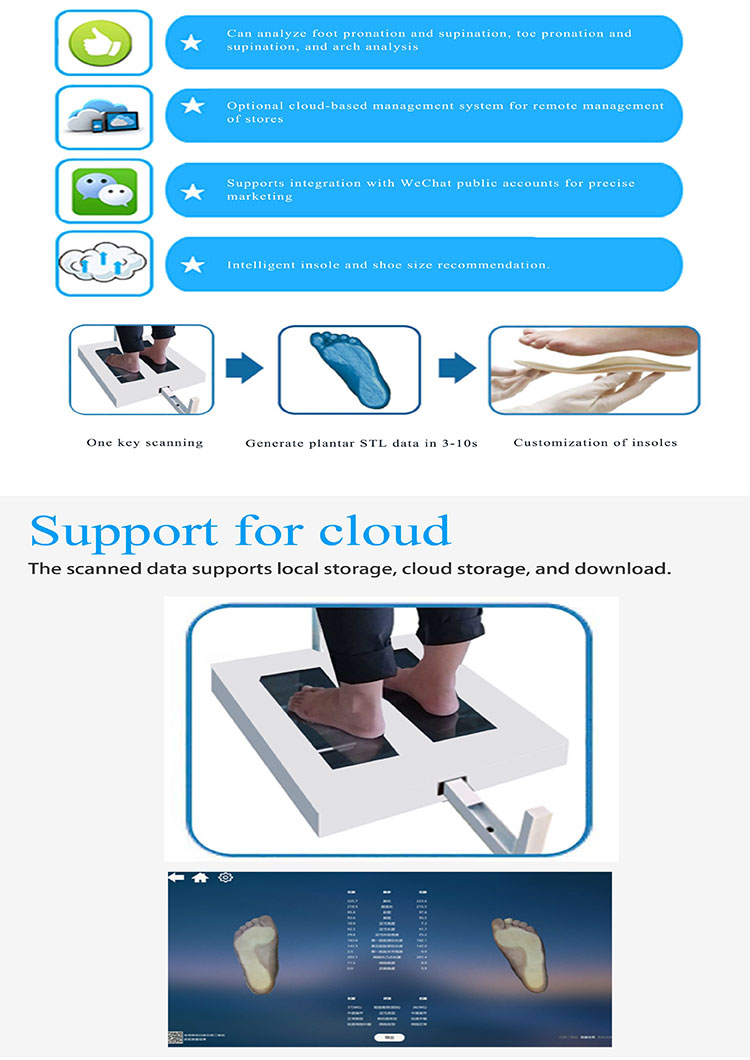
2. Development Prospects
Deep penetration in the field of medical rehabilitation
The global 3D printed insole market is expected to reach US$191 million in 2029. The equipment will be accelerated in scenarios such as orthopedic correction and postoperative rehabilitation. For example, customized orthopedic insoles can be used through biomechanical analysis to improve scoliosis compensation problems.
Combined with AI algorithms, scanning data can automatically generate foot health reports and provide exercise/rehabilitation suggestions, forming a "scan-analysis-treatment" closed-loop service.
Sports health and mass consumer market expansion
For athletes, scanning equipment can quantify the distribution of plantar pressure and design lightweight, high-rebound insoles to improve sports performance.
As the demand for personalized shoes among ordinary consumers grows, customized insole services will move from high-end medical care to mass consumption, promoting the popularization of "foot-measured shoemaking".
Technology integration and intelligent upgrades
The equipment will be combined with flexible sensors and the Internet of Things to monitor the pressure changes in the use of insoles in real time and dynamically adjust the support strategy.
The establishment of a cloud-based foot database can support regional foot health research and product iteration optimization.
The three-dimensional foot scanning equipment is reshaping the insole industry ecosystem through the combination of high-precision data collection and digital manufacturing technology. Its significance lies in improving the level of customization and optimizing production efficiency. In the future, it will continue to expand in the fields of medical rehabilitation, sports health and intelligent services, and promote the transformation of insoles from "general products" to "personalized health tools".

 +86-0755-86131192
+86-0755-86131192 2025-03-18
2025-03-18 Back to list
Back to list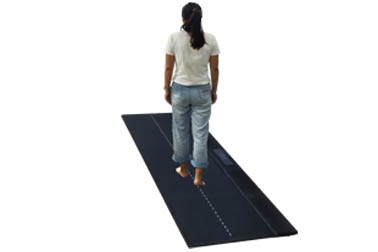
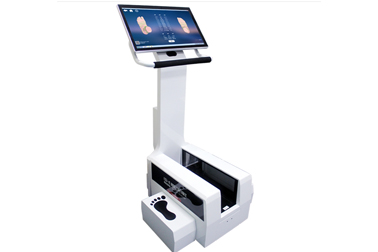
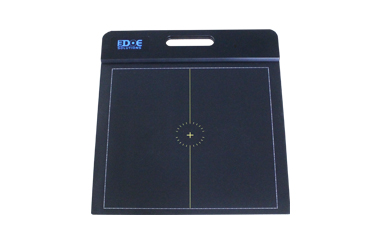
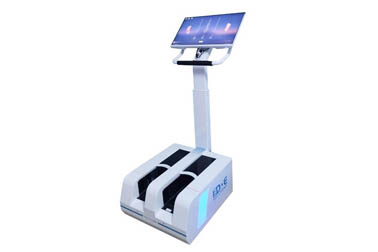
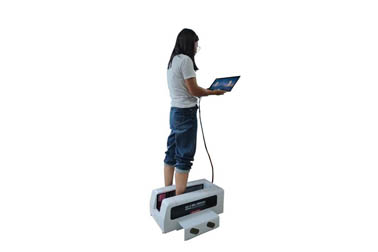



 +86-0755-86131192
+86-0755-86131192